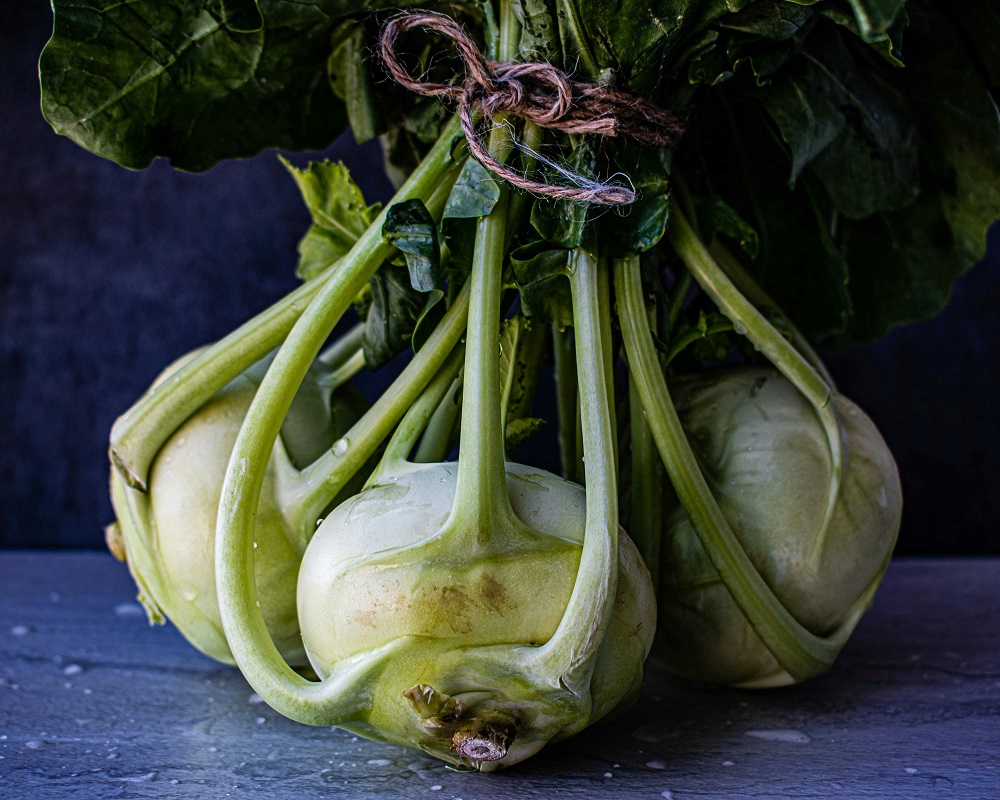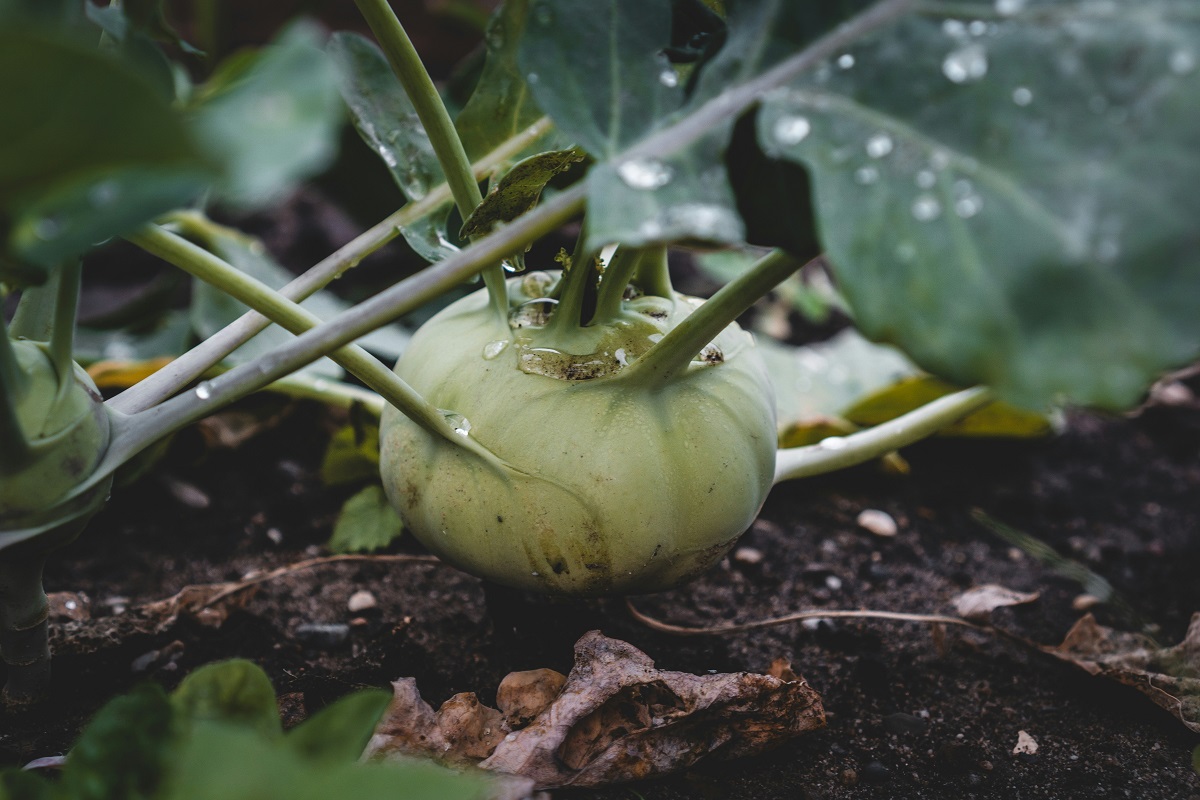
Edibles for the Adventurous Gardener
Are you a gardening lover who wants to try something new this year? Commonplace vegetables, fruit, and herbs can all be great to have on hand, but sometimes you want to try growing something adventurous and exotic. So be that Adventurous Gardener!
This blog will look at unique edibles that span a variety of colors, flavors, and textures. Keep reading to learn more about several amazing crops that are sure to take your kitchen adventures to a new level. From the excitement of dragon fruit to the complexities of shiso, every plant offers a way to ramp up the fun in your backyard garden.
Dragon Fruit
Dragon fruit is sure to stand out due to its bright yellow or pink skin. It also has a series of spiky green leaves. The inside is just as interesting, with red, magenta, or white flesh with small black seeds.
To grow dragon fruit, make sure you choose a sunny area with well-draining soil. This fruit is great for containers so you can grow it whether you’re in a small apartment or have a ton of land for cultivation.
As far as kitchen use goes, dragon fruit has a mildly sweet and refreshing flavor. You may wish to use it in salads, add it to smoothies, or make it a garnish for some of your favorite desserts.
Saffron Crocus
The saffron crocus has pretty purple flowers with delicate crimson stigmas. The red bits are harvested by hand to create one of the most expensive spices in the world.
For farming purposes, place the plant in a sunny area with well-drained soil. The best planting time is late summer to enjoy a fall harvest.
In your kitchen, saffron adds a boost of aroma and vibrant color to all sorts of dishes. You may want to try it with risotto or paella to make every meal a luxury experience you won’t get otherwise.
Cape Gooseberry
Papery skin hides away the cape gooseberry. Once you move that out of the way, it has a golden-orange color and looks like a tomato. However, the flavor is what stands out as it’s both tart and sweet.
For cultivation, remember that the gooseberry likes lots of sun and drained soil. You can plant them in containers, gardens, or even hanging baskets. The versatility is unmatched thanks to its sprawling nature.
Gooseberries can be consumed raw and fresh, or you can add them to things like desserts and jams. No matter what you incorporate them into, they add a tangy zing to all your kitchen creations.
Romanesco Broccoli
You know what regular broccoli is, but Romanesco broccoli goes above and beyond. It has gorgeous lime green fractal spirals that meld together to create an impressive head shaped like a cone.
Similar to conventional broccoli, Romanesco does well in well-drained soil and cool climates. The best time to plant it is during the early spring or late in the summer months.
Both the intricate pattern and the nutty flavor profile make this veggie a dream. It can be consumed both raw and cooked and is sure to wow anyone who sits down at your dining room table.
Kohlrabi
Kohlrabi looks a lot like a turnip and many people mistake the two for one another. However, the rounded stem can come in purple, green, or white, and includes edible leaves.
For cultivation purposes, there isn’t a ton to know about this interesting vegetable. It’s a cool season crop but largely low maintenance. It can be directly planted in the garden for an easy growing process.
Once you have the veggie ready in your kitchen, it has a crisp texture from the bulb. You can also enjoy adding the hearty greens to sauteed dishes or salads.
Pineberry
A pineberry is a unique form of the humble strawberry. It looks like a white strawberry with red seeds, which gives a hint to its flavor which is similar to a pineapple.
When planting pineberries, you can use a garden or containers. However, you want to have lots of sun and well-drained soil to move forward.
As far as kitchen use goes, you can enjoy the sweetness of strawberry with a hint of pineapple as a novel snack, in deserts, or tossed into salads.
Chayote Squash
Also called vegetable pear, chayote is a wrinkled green fruit. It has the texture of a cucumber but with a refreshing pear-like flavor.
When gardening chayote, it’s best in warm climates. It can be grown from seeds or whole fruits and needs some form of support to handle its vines.
Creating meals with chayote can be an exciting experience. It works well in stir-fries or salads. It can also be used as a substitute for squash and consumed both cooked and raw.
Mizuna
This is a Japanese mustard green that has light, feathery leaves and an impressive flavor with a bit of a peppery bite.
Mizuna should be planted in cool weather with well-drained soil. It’s a great option for continuous harvesting. You can cut it and come back again the next time for more.
As far as recipes go, Mizuna adds a kick of pepper flavor to stir-fries and salads. It can also be used as a garnish to add flair to any dish.
Shiso
Shiso, also called perilla, has purple or green leaves. These are best known for their slightly spicy but unique flavor.
Find a sunny area and well-drained soil to cultivate this exotic ingredient. It can be planted in typical garden beds or containers.
For kitchen use, consider that this is a staple in Asian areas. It’s great as a sushi garnish, in salads, or to add color and flavor to other dishes.
Learn More About Gardening Unique Edibles with Stoney Creek Farm
At Stoney Creek Farm, we believe in a holistic approach to living a sustainable and fulfilling life. This ties into trying new fun crops that might spark some inspiration in the kitchen. To learn more, consider reading Dirt Rich, which is the inspiring journey of Leigh and Olin Funderburk as they embrace joy and sustainability on their farm.
Gardening Without Pesticides is another great option for practical advice about growing healthy food while respecting the environment. Together, these books offer a map for enriching communities and lives through mindful living and resourceful gardening. Embrace the wisdom inside to start your journey toward a more fulfilling life.


